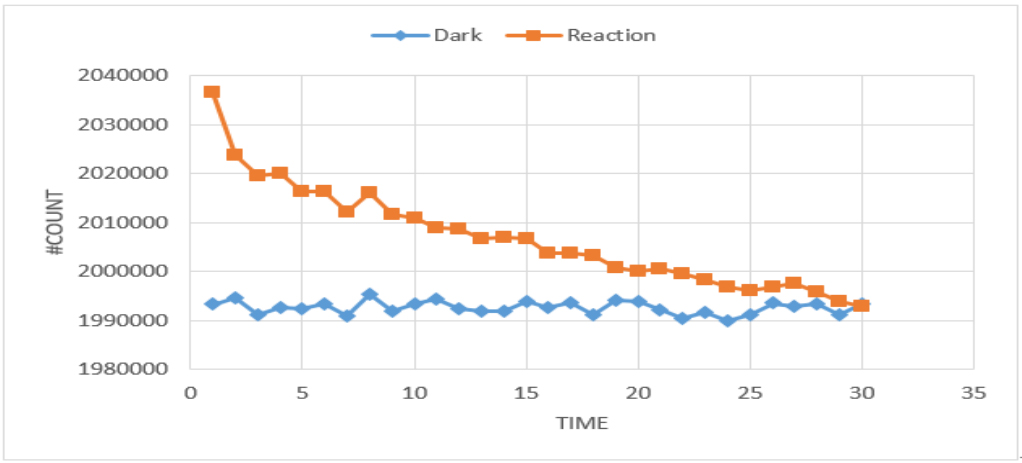To efficiently analyze the chemical reaction characteristics of an aptamer and catalysts using the Na / K ratio in urine, Professor Hojong Chang’s research team is studying the development of silicon based photon sensors such as SiPMs (Silicon Photomultipliers).

Judging from the sudden increase of the elderly population and hypertension patients, respectively, the demand for diagnostic equipment will become larger. Creating a portable POC (Point of care) testing device that collects information of Na/K concentration from an individual’s urine would provide convenience not only to patients but also hospitals. The representative photosensors such as PN diodes and avalanche photodiodes (APDs) have no internal amplification factor or it is very low, which limits their application in the field of ultra-low measurement. However, the SiPM sensor has a very high amplification factor due to avalanche multiplication by applying voltage higher than the breakdown voltage, and is a photosensor capable of detecting single photons. Therefore, the SiPM can be regarded as an optimized photosensor for measuring the amount of extremely low light emitted from a very small amount of sample.

In the case of liver cirrhosis, patients have a Na / K value of 1 or more. Furthermore more than 90% of sodium excretion is 78 mmol / day [Stiehm report]. In order to analyze this, circuit design for a measuring the aptamer’s characteristics was carried out. The read-out circuit’s gain is 100 with a 12MHz bandwidth.

This study will improve the technology of the read-out electronics for detectors and POC testing devices. Currently, this technology is being commercialized with SUNGSANENG Co., Ltd, which is focusing on research and development of medical devices (R & D).

Prof. Hojong Chang (KI for IT Convergence)
Homepage: http://itc.kaist.ac.kr
E-mail: hojoungc@itc.kaist.ac.kr






